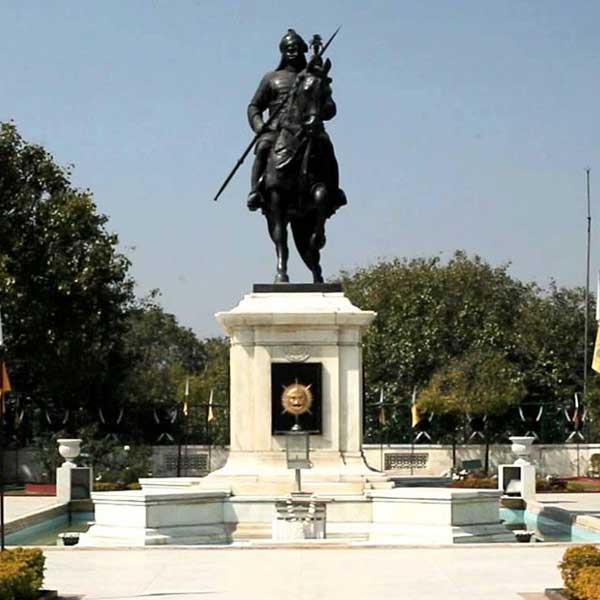About Udaipur
Udaipur
Udaipur was founded in 1559 by Maharana Udai Singh II as the final capital of the erstwhile Mewar kingdom, located to the southwest of Nagda, on the Banas River, the first capital of the Mewar kingdom. Legend has it that Maharana Udai Singh II came upon a hermit while hunting in the foothills of the Aravalli Range. The hermit blessed the king and asked him to build a palace on the spot, assuring him it would be well protected. Udai Singh II consequently established a residence on the site. In 1568 the Mughal emperor Akbar captured the fort of Chittor, and Udai Singh moved the capital to the site of his residence, which became the city of Udaipur.
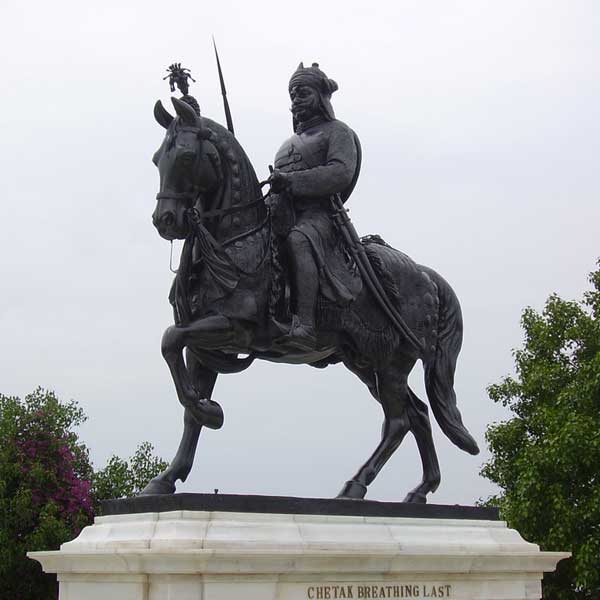
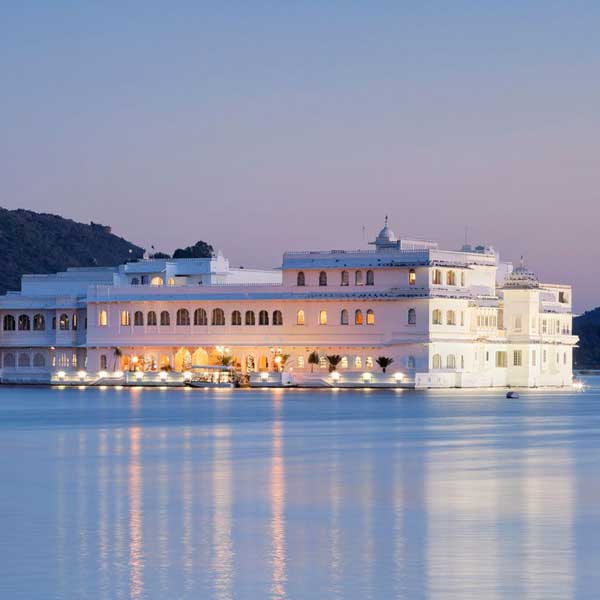
Lake Palace
The Lake Palace was built in 1743-1746. It is made of marble and is situated on Jag Niwas island in Lake Pichola. It was originally built as a royal summer palace, but is now a luxury 5 Star hotel, operating under the “Taj Hotels Resorts and Palaces” banner.
City Palace
Standing on the east bank of Lake Pichola is a massive series of palaces built at different times from 1559. The balconies of the palace provide panoramic views of the “Jag Niwas.They also have views of Jag Mandir on one side and the city of Udaipur on the other. Its main entrance is through the triple-arched gate – the Tripolia, built in 1725. The way now leads to a series of courtyards, overlapping parations, terraces, corridors and gardens. There is a Suraj Gokhda, where the maharanas of Mewar presented themselves in the times of trouble to the people to restore confidence. The Mor-chowk (Peacock courtyard), gets its name from the mosaics in glass decorating its walls. The chini chitrashala is noteworthy while a series of wall paintings of Krishna are on display in Bhim Vilas. There are numerous other palaces such as Dilkhush mahal, Sheesh mahal, Moti mahal and Krishna vilas – in memory of a princess of striking beauty who poisoned herself to avert a bloody battle for her hand by rival princes. Now the palace contains many antique articles, paintings, decorative furniture and utensils and attracts thousands of visitors every day.
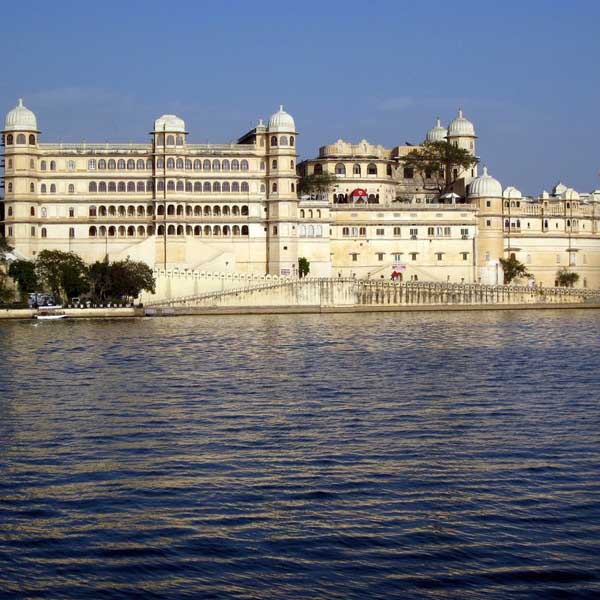
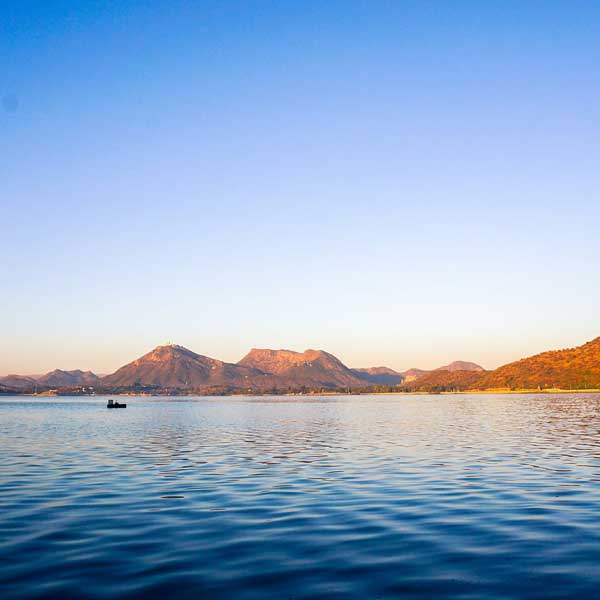
Fateh Sagar Lake
Fateh Sagar Lake is situated in the north of Lake Picholas. It was originally built by Maharana Jai Singh in the year 1678 AD, but later on reconstructed and extended by Maharana Fateh Singh after much destruction was caused by heavy rains. In 1993-1994, the water vanished from the lake, but in 2005-2006, the lake regained its water.
Lake Pichola
Lake Pichola has two islands, Jag Niwas and the Jag Mandir. This lake is 4 km long and 3 km wide, originally built by Maharana Udai Singh II. There are many ghats, like the bathing and washing ghats, which can be approached through boats from the City Palace of Udaipur (Bansi Ghat). In the heart of the lake the Lake Palace stands, which is now converted into a heritage palace hotel. The lake remains fairly shallow even during heavy rains, and gets dry easily in times of severe drought.
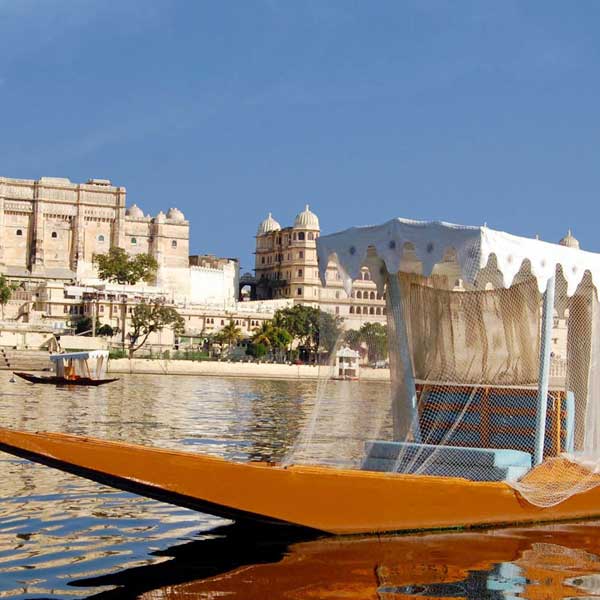
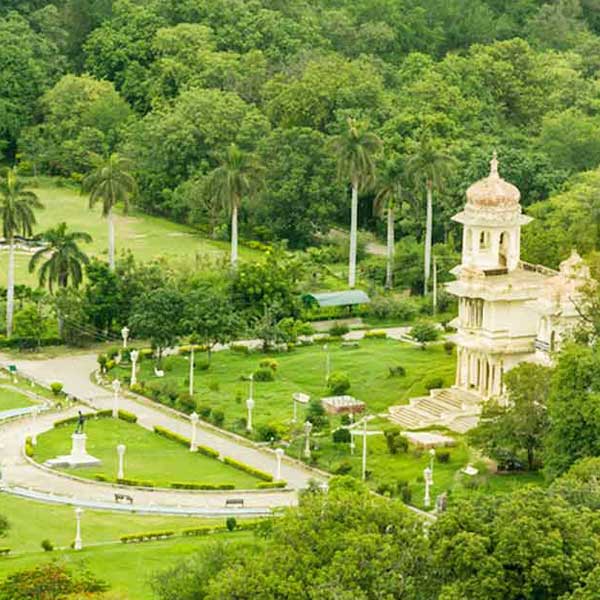
Gulab Bagh and Zoo
A rose garden laid out by Maharaja Sajjan Singh is situated near the palace on the east side of Lake Pichhola. A library in the garden has a collection of ancient handwritten manuscripts and books. Some of the part of the Satyarth Prakash have been written in this library. Styarth Prakash stup is situated in Gulab Bagh. Within the garden, there is a zoo with tigers, leopards, Chinkara gazelle, birds, and many wild animals. Children can enjoy mini train, track ofNehru Garden on an island in Fatah Sagar Lake which covers the main part of the garden and the zoo.
Doodh Talai
A rock and fountain garden and the sunset point from which one can enjoy the sunset view in Lake Pichhola and a panoramic view of the old city. Also one can enjoy the Aerial tramway (rope way) which connects one of the dudh talai gardens to Karni Mata temple.
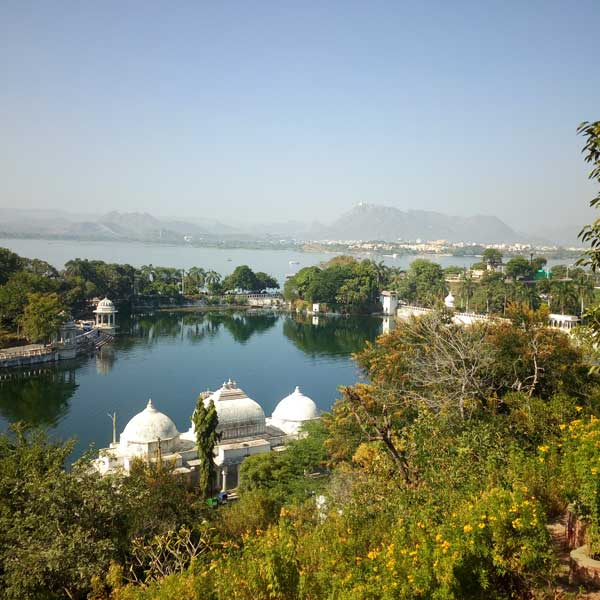
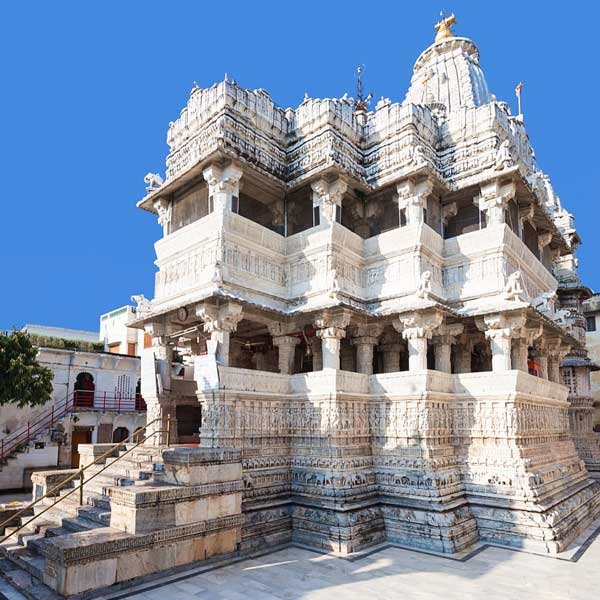
Jagdish Temple
This Temple, Jagannath Rai, now called Jagdish-ji is situated in the middle of the city is a big tourist attraction. Raised on a tall terrace and completed in 1651, it is a tribute alike to the tenacity of its builders and the resilience of the art tradition it represents. It attaches a double storied Mandapa (hall) to a double – storied, saandhara (that having a covered ambulatory) sanctum. The mandapa has another storey tucked within its pyramidal samavarna (bell – roof) while the hollow clustered spire over the sanctum contains two more, non – functional stories. Lanes taking off from many of the sheharpanah (city wall) converge on the Jagdish Temple and walking leisurely through them brings you face with the many layers of the cultural palimpsest that Udaipur is. Jagdish Temple was built by Maharana Jagat Singh Ist in 1651 A.D. It is a good example of Indo – Aryan architecture.
Maharana Pratap Memorial or Moti Magri
Atop the Moti Magri or Pearl Hill, overlooking the Fateh Sagar Lake is the memorial of the Rajput hero Maharana Pratap with a bronze statue of the Maharana astride his favourite horse “Chetak”. More details are available at Maharanapratap.net, a fantastic collection of facts and figures on Maharana Pratap and his life.
